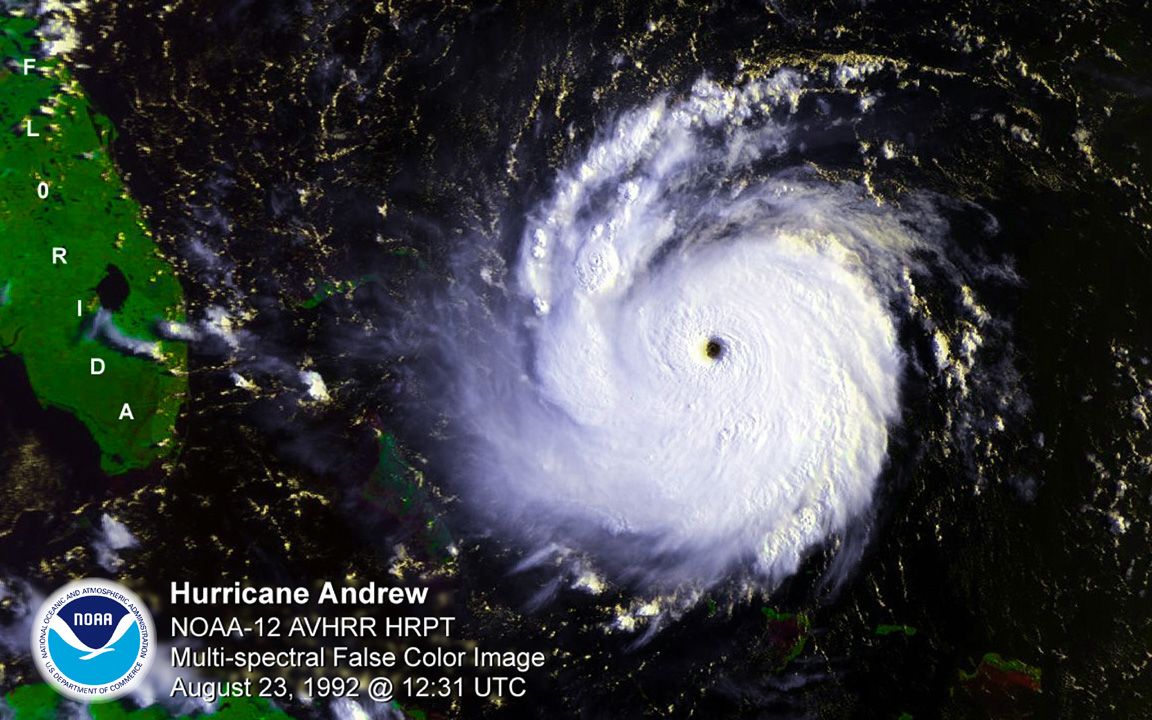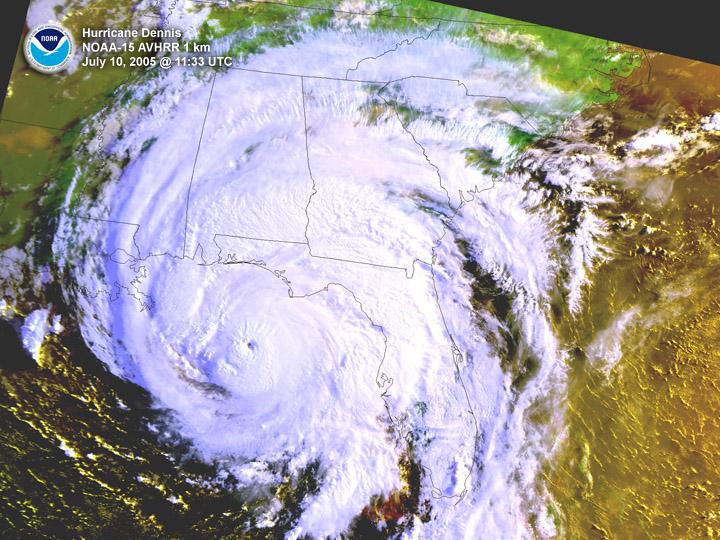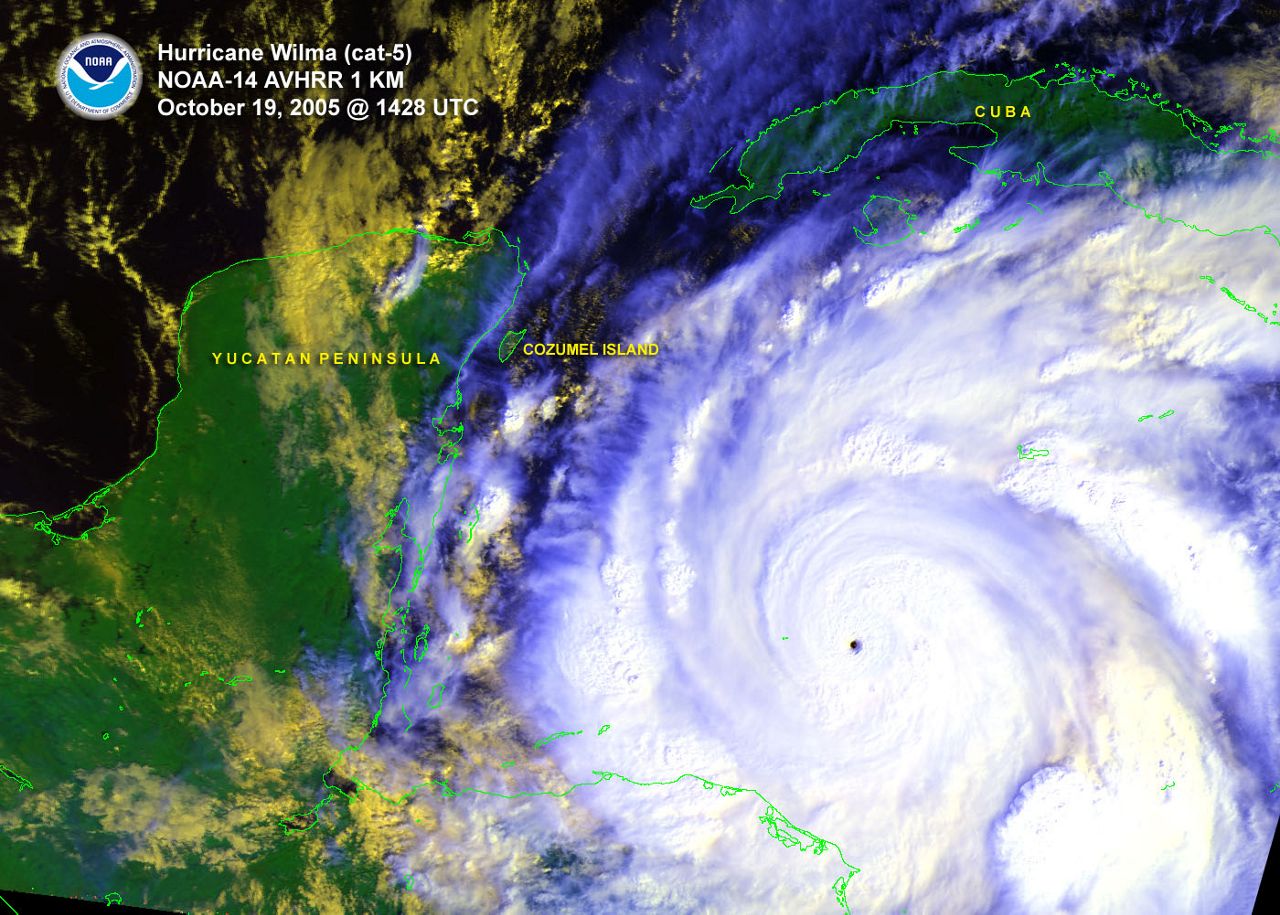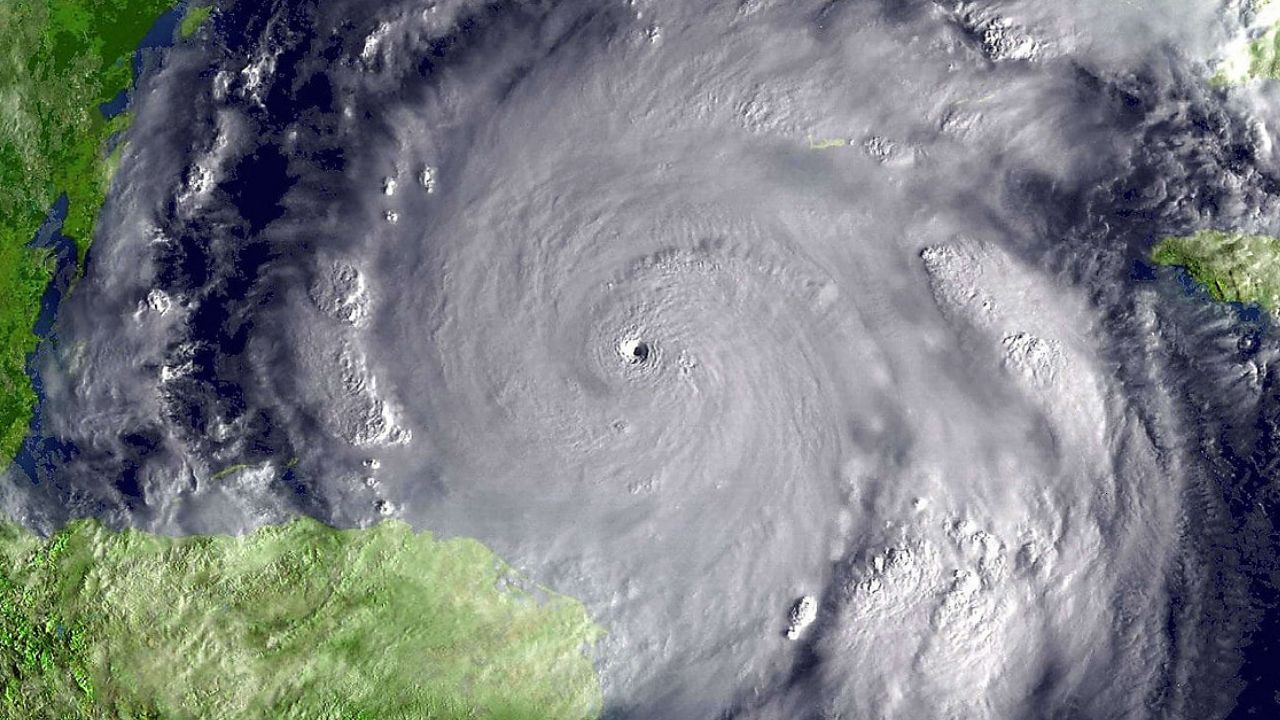Meteorologists know a hurricane is strengthening quickly when a pinhole eye appears on satellite.
It’s known to some as the dreaded pinhole because it tells meteorologists that there’s likely a major hurricane associated with the storm's small eye.
Hurricanes consists of three major parts: the eye, eye wall and rainbands. The eye is the calmest part of the hurricane located in the center.
The entire hurricane rotates around the eye. It is usually 20-40 miles in diameter. Eyes that are less than 10 miles in diameter are known as a pinhole eye.

Often, a pinhole eye is associated with a powerful hurricane. Some of the most destructive hurricanes have had pinhole eyes. According to a 2008 study by Colorado State University and the National Center for Atmospheric Research (NCAR), nearly 60 percent of hurricanes with pinhole eyes reached major hurricane status.
Major hurricanes are those classified as Category 3 or stronger.

Generally speaking, the smaller the eye of the hurricane, the faster it spins. Think of a dancer spinning on the dance floor. A dancer will spin slower when their arms and hands are extended out. When the dancer pulls their arms and hands closer to their body, the dancer spins faster.
It’s known as the conservation of angular momentum and the same physics apply to hurricanes. A smaller eye typically means stronger winds.
Hurricanes with pinhole eyes are most common in the Caribbean Sea or the Gulf of Mexico.

Hurricane Delta is a classic example of a pinhole eye. As of Tuesday afternoon, the eye associated with Hurricane Delta stretched nearly six miles across. Its intensity grew from a tropical storm to a major Category 4 hurricane with winds of 130 mph in about 24 hours.
The pinhole eye was evident on satellite.
Other examples of notable hurricanes with pinhole eyes include:
- Hurricane Wilma, 2005, 175 mph, eye diameter of two miles. Holds the record for smallest eye in recorded history.
- Hurricane Maria, 2017, 175 mph, eye diameter of 10 miles
- Hurricane Andrew, 1992, 165 mph, eye diameter of seven miles
- Hurricane Charley, 2004, 150 mph, eye diameter of three miles
- Hurricane Opal, 1995, 150 mph, eye diameter of six miles
- Hurricane Dennis, 2005, 120 mph, eye diameter of five miles
There are many more hurricanes with pinhole eyes to add to this list. While Hurricane Wilma holds the record for the smallest eye associated with a hurricane of less than two miles in diameter, Typhoon Winnie and Typhoon Carmen hold the record for the largest eye associated with a tropical cyclone.
Ready for this? The eyes associated with both storms measured 230 miles across! Imagine that?



